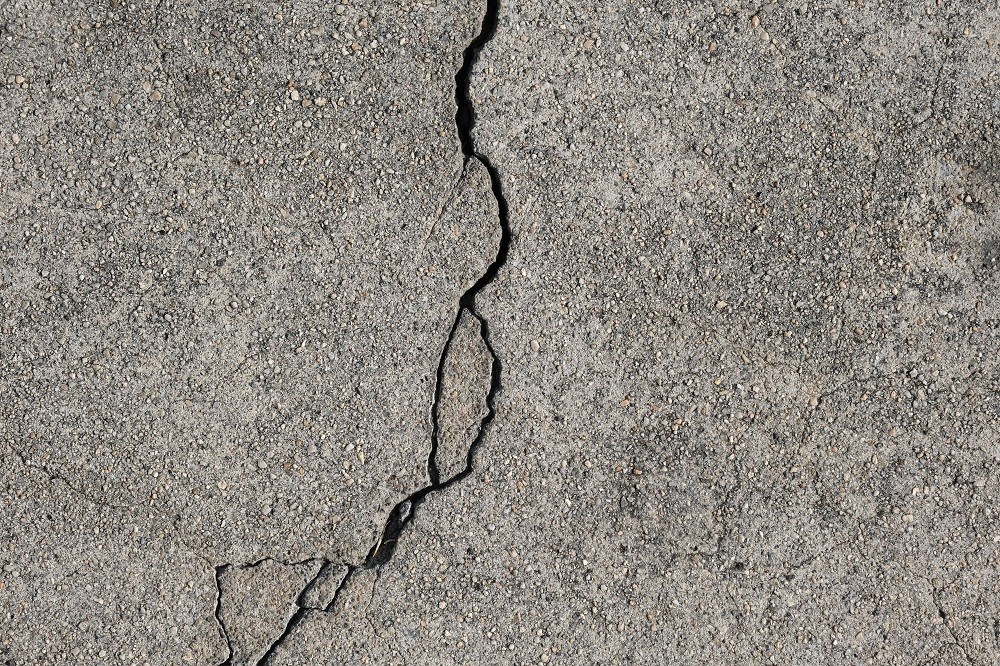WATER IN THE BASEMENT
90-95% of water issues are due to poor drainage or improper guttering The obvious signs of water problems is water running down foundation walls Cracks in basement floor slabs (heaving) is normally a sign of water under the floor slab and is caused by an expansion of clay soil under the floor slabs. Other signs of heaving would be cracking in sheetrock in upper levels usually resulting in doors not fitting properly.
EFFLORESCENCE – WATER BENEATH FLOOR / BEHIND WALL
Efflorescence is a white powdery substance that builds up by cracks or around the perimeter of the basement between the floors and walls. Proper drainage is to have a one inch drop in grade away from the foundation or six to ten feet away from the home which is not always possible. All concrete patios, sidewalks, or driveways should be sloped away from the home
DRAIN TILE AND SUMP PUMPS
Sometimes the only way to take care of water in a basement is to install a drainage solution such as perimeter drain tile system in problem area to lead to a sump pit with a sump pump. Water is then drained to the exterior of the home.
EPOXY/URETHANE INJECTION
Epoxy or urethane injection is a process of sealing wall cracks in poured concrete walls in which two-part epoxy is spread over the outside of a crack. We usually recommend urethane over epoxy because it sets up as it expands and also remains flexible and will hold a seal better. Hydraulic cement is another way of patching cracks. Tuck pointing is the only way to patch cracks on block and stone walls
BOWING WALLS
All types of foundation walls are subject to deflection or inward movement. It is usually caused by hydrostatic pressure due to improper drainage. Vertical Wall Restraints are the most common way to repair these walls. Common spacing is four feet on block walls and six feet on concrete and stone walls. Deadman Anchors are also used to restrain walls but most commonly where there is a walk out or exposed foundation wall opposite of the problem
WALL REPLACEMENT
Having to replace a wall is most common in cement block walls, less common in stone walls, and least common in concrete walls. Usually, concrete walls can be excavated and pushed back to a more plumb position. When block walls are replaced, we fill the hollow cells vertically every thirty inches with rebar and concrete. We also put reinforcement wire on every other course of the blocks
SETTLING
Settling is a problem in many houses in the area. Settling is caused by foundation footings being placed on unstable soil. The most common time to see signs of settling is during droughts. Cracks in sheetrock, stone or brick veneers, and fireplaces are common signs. The most effective way of taking care of settling issues is Piering. There are different ways of Piering, but the most effective of all are hydraulically driven piers which are fused to a solid structure or bedrock. Different types of piers that we offer are: Model 350 hydraulically driven piers, helical lift piers, helical porch pier, helical slab pier, and new construction piers.
Many of the issues that have been discussed in this section can be avoided with proper maintenance of property. If signs are already showing it is normally too late to take preventative measures and problems should be addressed immediately.

